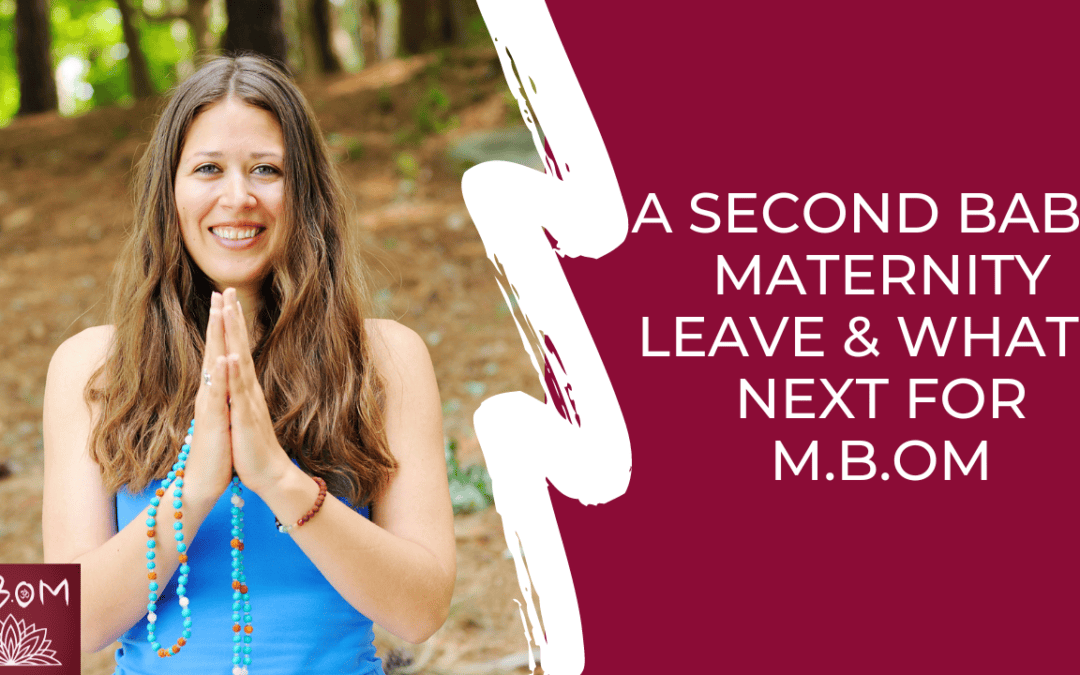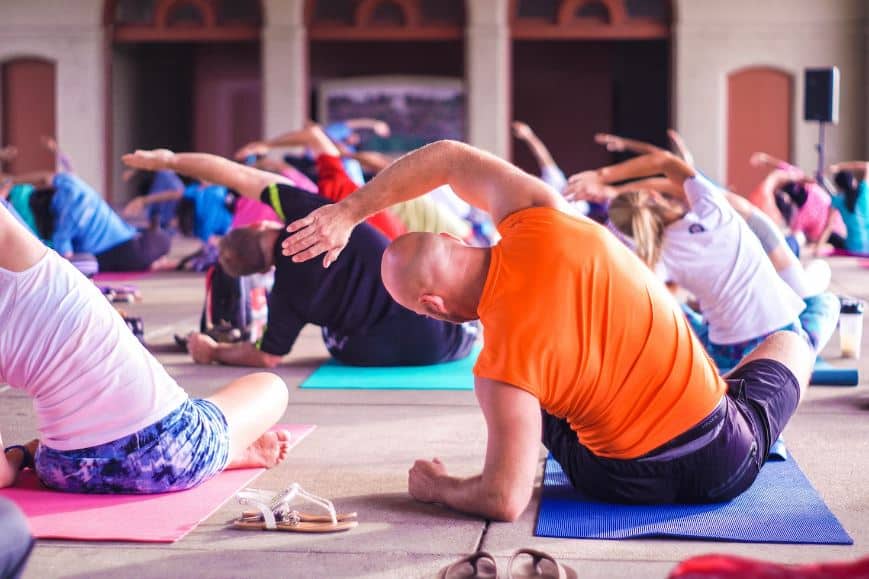I sat in front of the class, twenty pairs of eyes staring at me expectantly; I could feel my heart beating heavily in my chest and my palms sweating. I instructed the class to close their eyes and become aware of their breath, and as I cued it to the class, I also took a deep breath, telling myself that everything would be okay.
Only one week earlier I had arrived back in Canada after a 30-day Yoga Teacher Training (YTT) in Bali, Indonesia. YTT for me was always about more than just becoming a yoga teacher. It was about having an adventure, going to a foreign country all by myself, becoming more independent, and deepening my yoga practice. Obviously I had thought about teaching yoga afterwards, but not as much as you may think. It always seemed a little abstract, and now sitting in front of 20 strangers, ready to follow my lead, it all seemed way to real. They were all looking at me, hanging on my words, waiting for my instructions. I was beginning to doubt everything that I knew.
Throughout my YTT, the teachers told me that the key to being a good yoga teacher is to teach from the heart. It sounded simple, but I really didn’t know what they meant. Is it different to each person? Could I do it wrong? I returned home, and teachers that I deeply admire and trust reiterated to me that I should be teaching from my heart. When I was asked to teach my first yoga class, I was excited, but I was also really nervous and uncertain of myself. As I put together the sequence for my first class, I thought about what poses people would enjoy practicing, and I focused on creating a sequence that would be challenging, but not too difficult. I wanted to teach something that everyone would enjoy.
The night before the class I slept terribly. I was having awful dreams of teaching cues, fears of forgetting my words and saying the wrong things. I had nightmares of people hating the class and thinking I was the worst yoga teacher in the world. I woke up, nervous and fearful of what was ahead of me. I felt anxious all day; scenarios of the yoga class running through my head over, and over, and over again.
I slowly blinked my eyes open, cueing the expectant strangers in front of me to do the same thing. I began to guide the students through the poses, and as I did so I realized that I was looking at them for feedback. I was waiting for someone to smile at me reassuringly, or to see the look of enjoyment on someone’s face to let me know that I was doing a good job. I was also scanning the room to see if there was anyone that appeared to not be enjoying the class. At that moment, as I searched for approval and disapproval from the people around me, I realized that I was focusing way too much on myself. I guided the class into child’s pose, instructing them to breathe, taking a moment to gather myself and collect my thoughts. I closed my eyes, and imagined that I was invisible. As I cued the class out of child’s pose and into the next set of movements, I continued to imagine that I was invisible, no longer a physical form that the class could see, but simply a voice that they could hear. From this place, I was able to teach with less anxiety of what people may think of me and with less worry of failure or criticism. By imagining myself as an invisible guide in the class, I was able to begin to free myself from the fears that were holding me back as a teacher. Although, I still felt nervous that I was leading a group of strangers through a yoga practice, I felt much more confident in both myself, and my abilities as a teacher. By allowing myself to teach from a place of freedom of judgment, I was able to be vulnerable with the class, and to speak authentically. To me, this is what it means to teach from the heart.
I have spent a lot of my life afraid of criticism, insults, blame, and shame, which have all caused me to be afraid, worried and anxious about what people think of me. I am often trying to look, act, or be a certain way to ensure that people like me. As a yoga teacher, I started to get sucked into this vortex, trying to read facial cues of students, or assuming that the person who isn’t doing the pose I’ve cued isn’t enjoying the class. If I teach from a place of fear and anxiety, I’m not creating a place for people to feel free and safe from judgment. However, when I teach authentically to who I am, I am giving other people the opportunity to free themselves of their own fears and worries about what other people think, and to momentarily lapse into a place of meditation and calmness. To me, this is the entire purpose of doing yoga; losing yourself in the movements, forgetting your fears and anxieties, and just being in the moment.





0 Comments